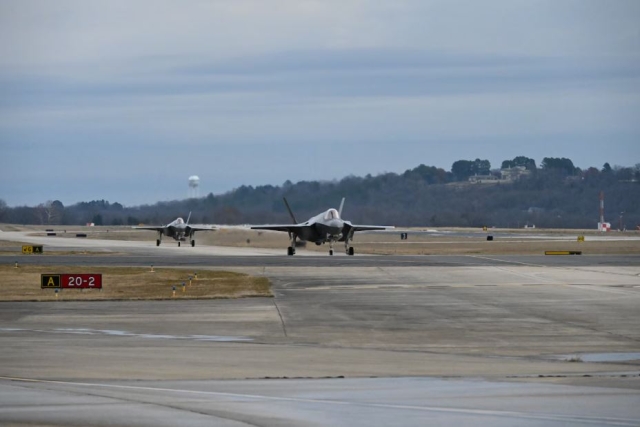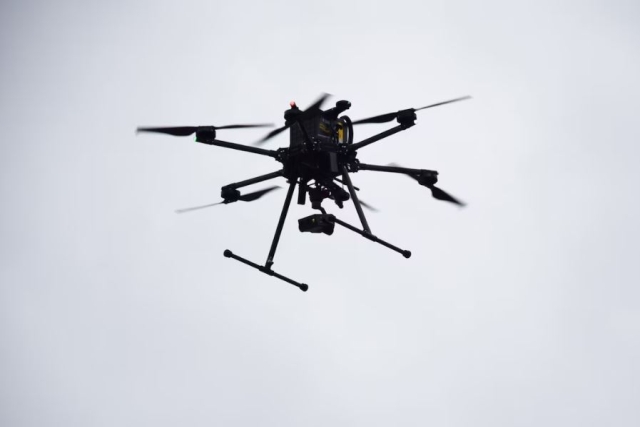US Army To Launch Missile Defense Blimps

The US Army is launching its blimp-like surveillance airships in order to detect cruise missiles and other possible air attacks.
An unmanned, 80-yard long, helium-filled aircraft is part of a three-year test by the North American Aerospace Defense Command of Joint Land Attack Cruise Missile Defense Elevated Netted Sensor System (JLENS) System, which is designed to work with already-existing air defense technology.
During the testing, one aircraft – called an aerostat – will scan in an area from New York to North Carolina’s Outer Banks, and as far west as central Ohio. The other blimp will carry radar to help the military on the ground pinpoint targets.
The radar is used to spot missiles or “swarming boats” filled with explosives from as far away as 340 miles. The army said the blimps won’t carry weapons, as enemy missiles would be destroyed by air-, ground- or ship-based weapons.
"We can defeat cruise missiles but we have limited capability to detect. And so, with an elevated sensor, such as JLENS, and the ability to look out over the horizon, now we have the ability to detect and to enable our systems to defeat cruise missiles," Maj. Gen. Glen Bramhall, commander of the 263rd Army Air and Missile Defense, was quoted as saying by The Associated Press.
The project has cost about $2.8 billion so far, with Congress approving another $43.3 million last week for the first year of the test.










